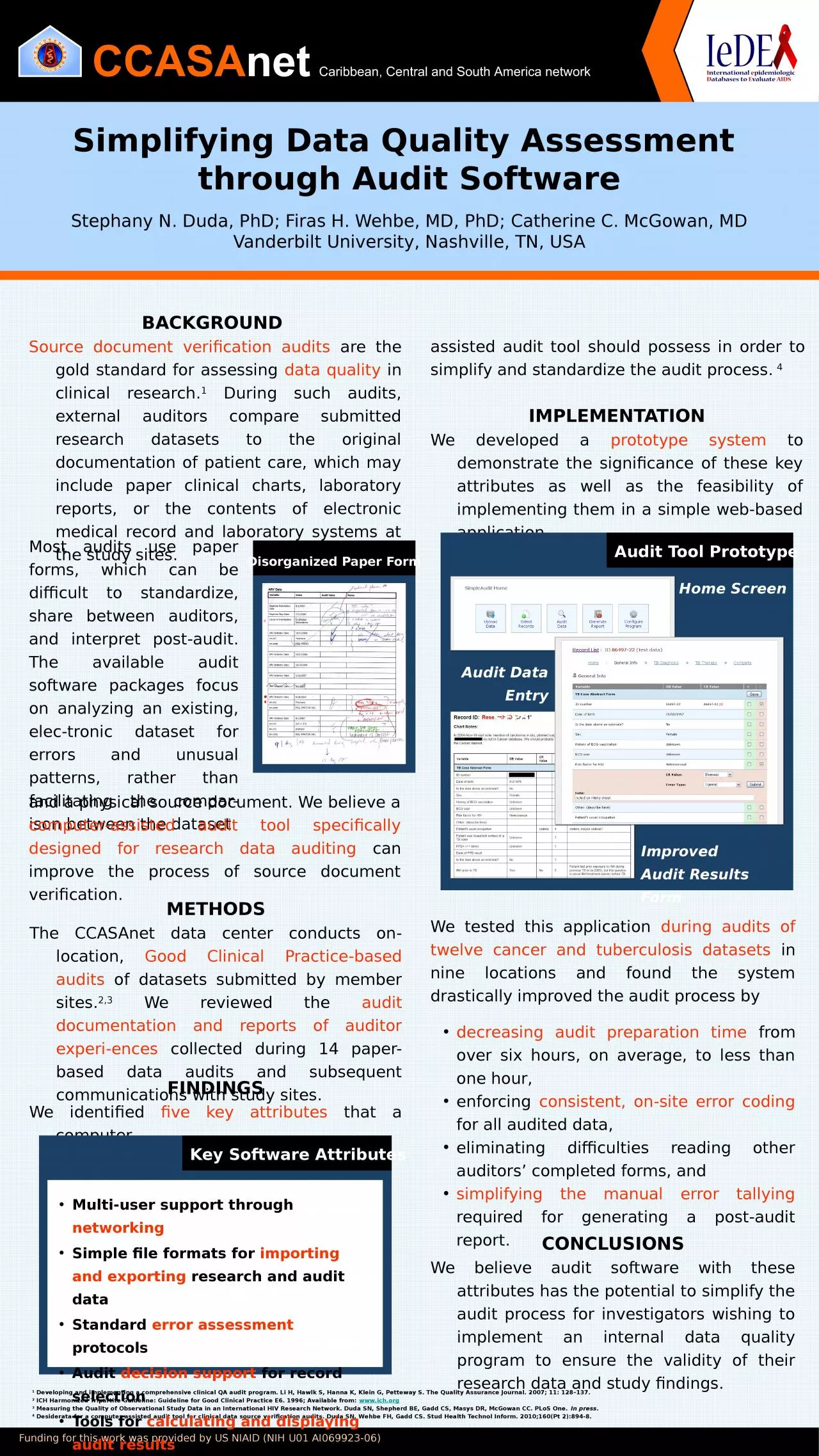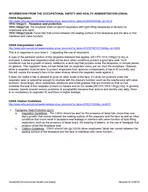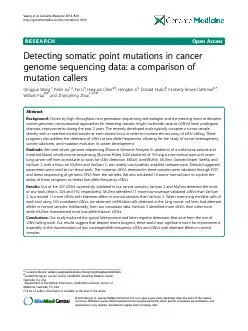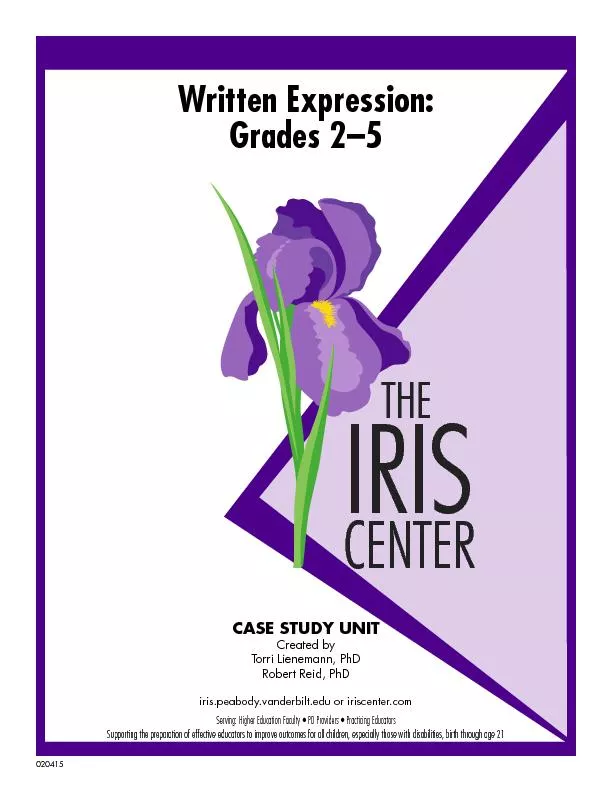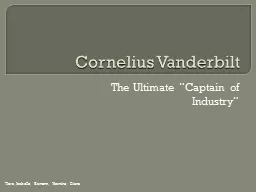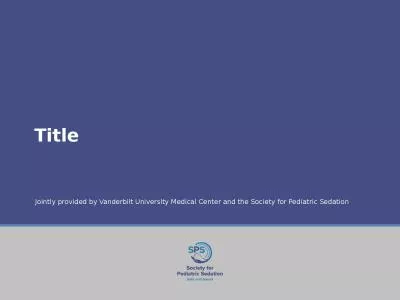PPT-Simplifying Data Quality Assessment through Audit Software Stephany N. Duda, PhD; Firas
Author : v2nant | Published Date : 2020-09-22
through Audit Software Stephany N Duda PhD Firas H Wehbe MD PhD Catherine C McGowan MD Vanderbilt University Nashville TN USA CONCLUSIONS We believe audit
Presentation Embed Code
Download Presentation
Download Presentation The PPT/PDF document "Simplifying Data Quality Assessment thr..." is the property of its rightful owner. Permission is granted to download and print the materials on this website for personal, non-commercial use only, and to display it on your personal computer provided you do not modify the materials and that you retain all copyright notices contained in the materials. By downloading content from our website, you accept the terms of this agreement.
Simplifying Data Quality Assessment through Audit Software Stephany N. Duda, PhD; Firas: Transcript
Download Rules Of Document
"Simplifying Data Quality Assessment through Audit Software Stephany N. Duda, PhD; Firas"The content belongs to its owner. You may download and print it for personal use, without modification, and keep all copyright notices. By downloading, you agree to these terms.
Related Documents

